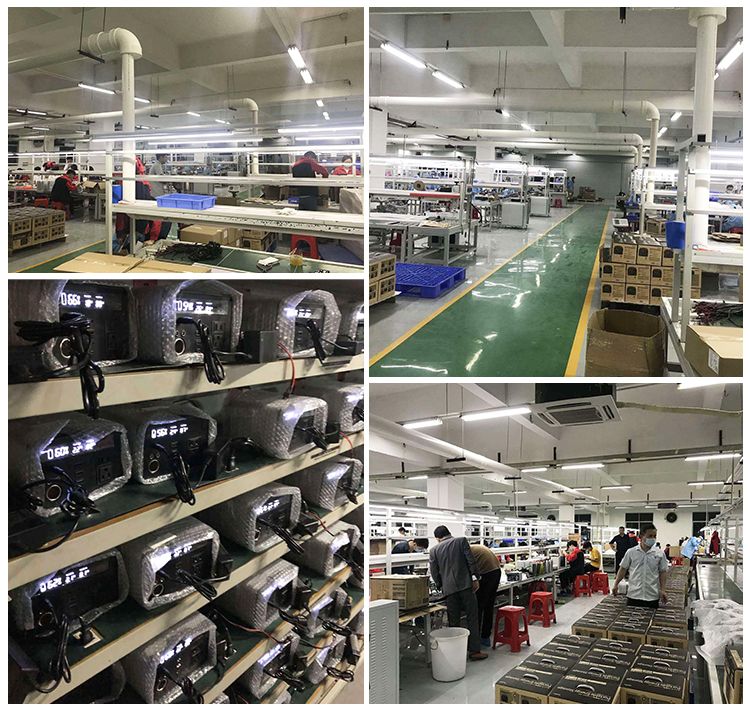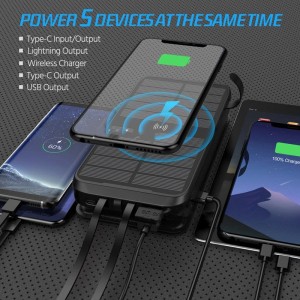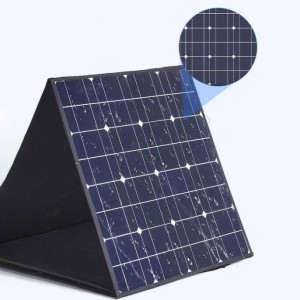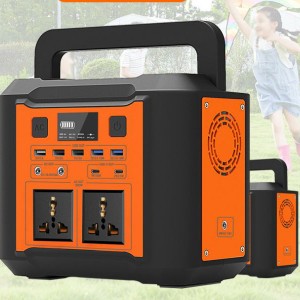High Efficiency portable Power Bank
Short Description:
Model Number
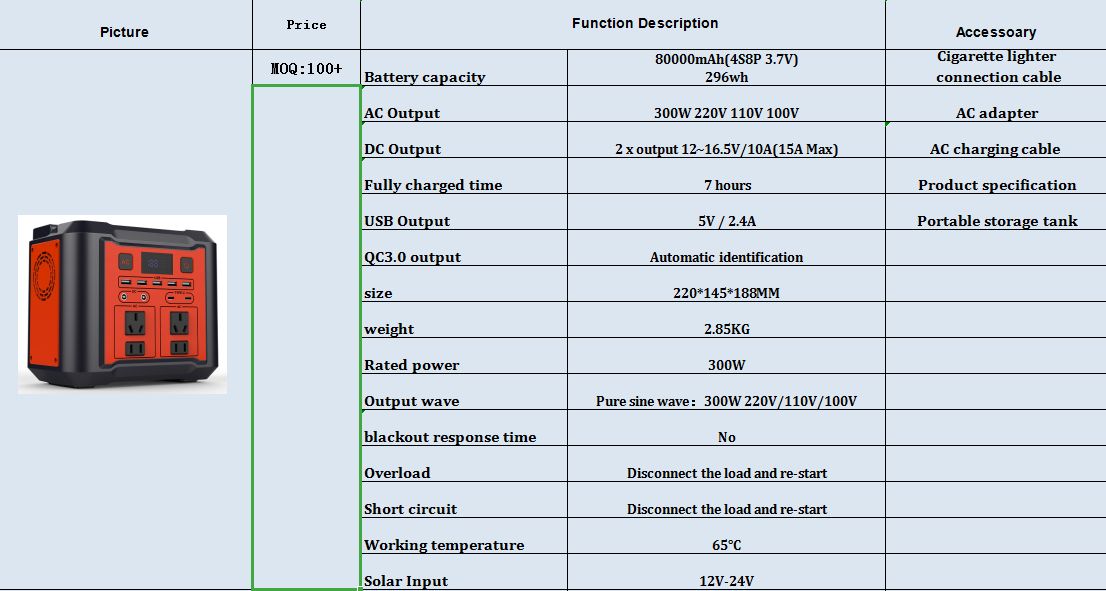
What is A Power Bank?
A power bank is a portable electronic device that can transfer power from its built-in battery to other devices. This is typically done through a USB-A or USB-C port, although wireless charging is also increasingly available. Power banks are mainly used for charging small devices with USB ports such as smartphones, tablets and Chromebooks. But they can also be used to top up a variety of USB-powered accessories, including headphones, Bluetooth speakers, lights, fans and camera batteries.
Power banks usually recharge with a USB power supply. Some offer passthrough charging, which means you can charge your devices while the power bank itself is recharging.
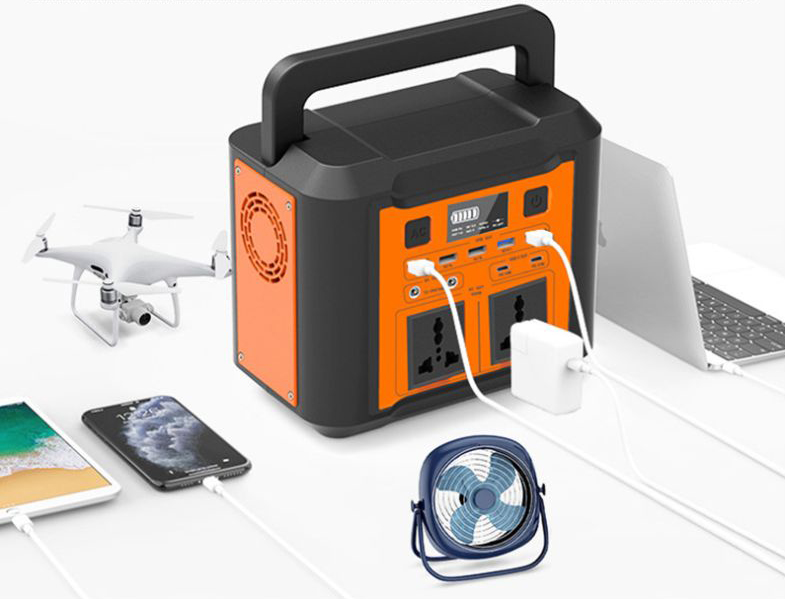
How Do I Choose A Good Power Bank?
In short, the higher the mAh number for the power bank, the more power it delivers.
The mAh value is an indicator of the type of power bank and its function: Up to 7,500 mAh - Small, pocket-friendly power bank that is usually enough to fully charge a smartphone from once until 3 times.
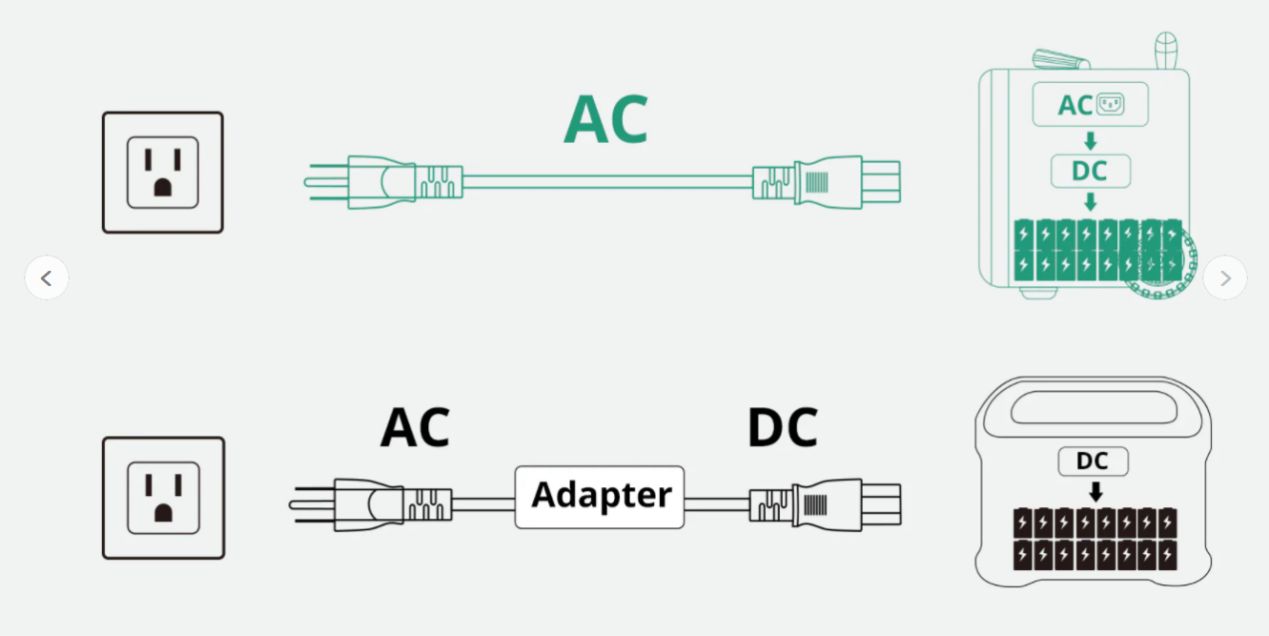
What’s The Best Power Bank Brand ?
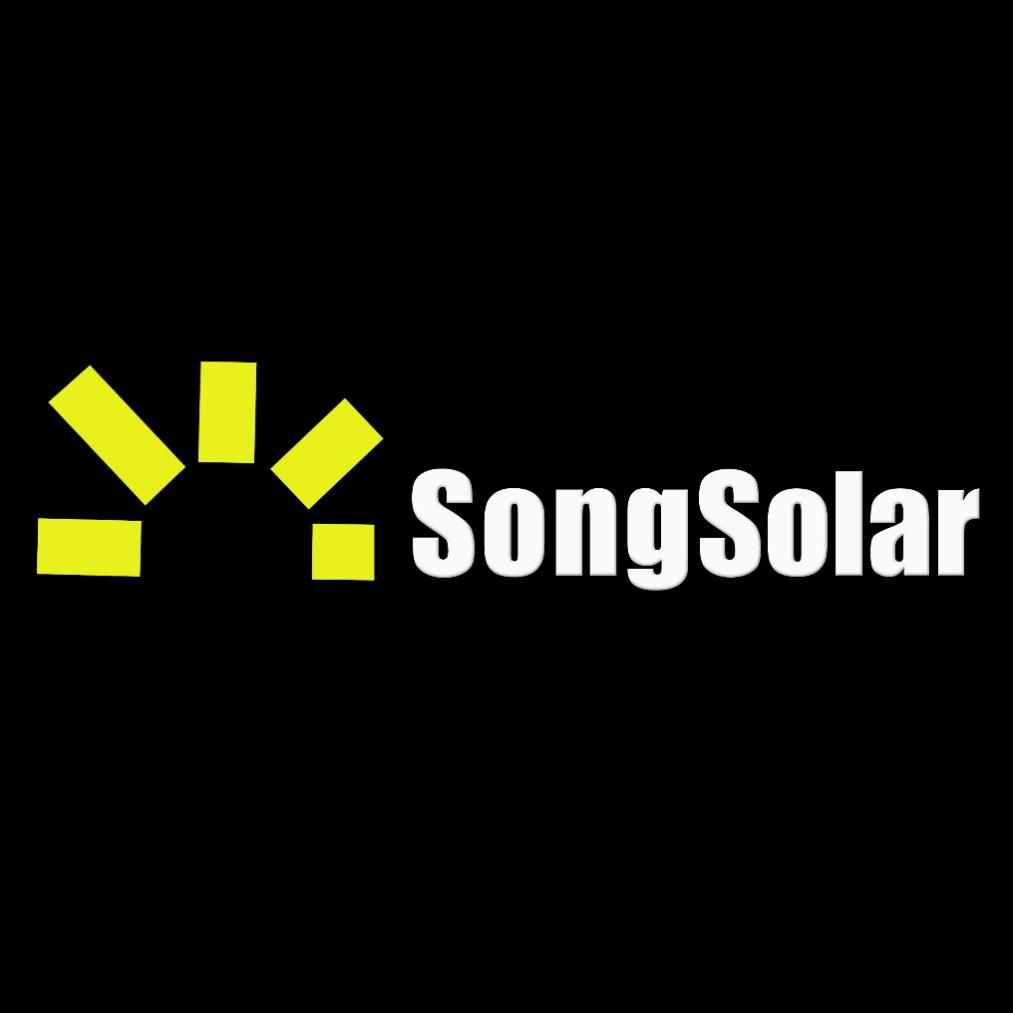
What Does Mah Stand For?
While these units come in all shapes and sizes, they also vary in power capacity, much like the variety of smartphones on the market.
The term you most often seen while researching these units is mAh. It’s an abbreviation for “milliampere hour,” and it’s a way to express the electrical capacity of smaller batteries. The A is capitalized because, under the International System of Units, “ampere” is always represented with a capital A. To put it simply, the mAh rating denotes capacity for power flow over time.
